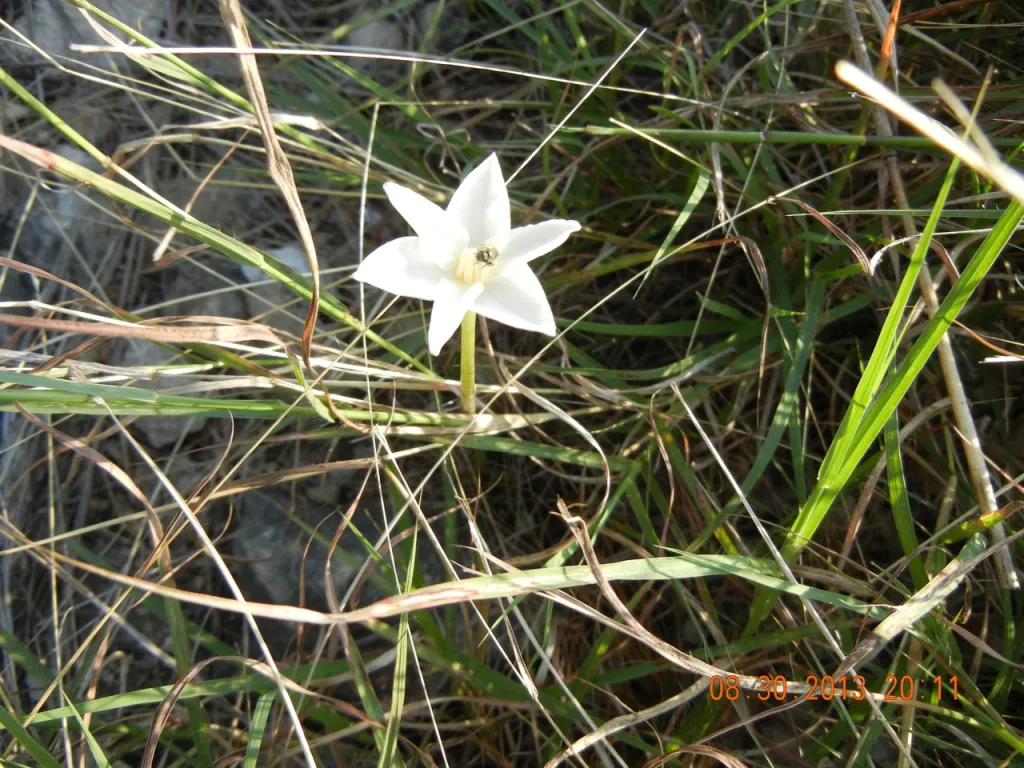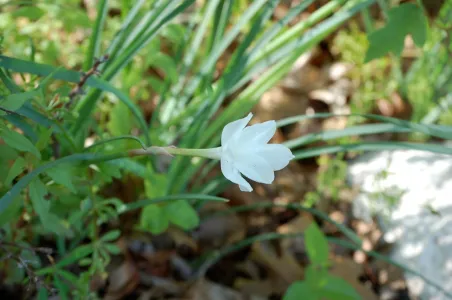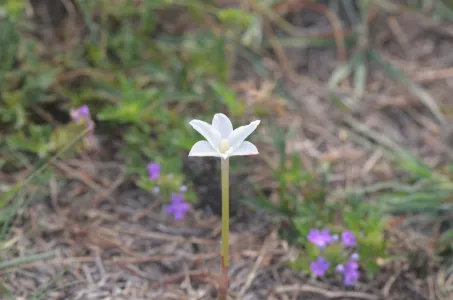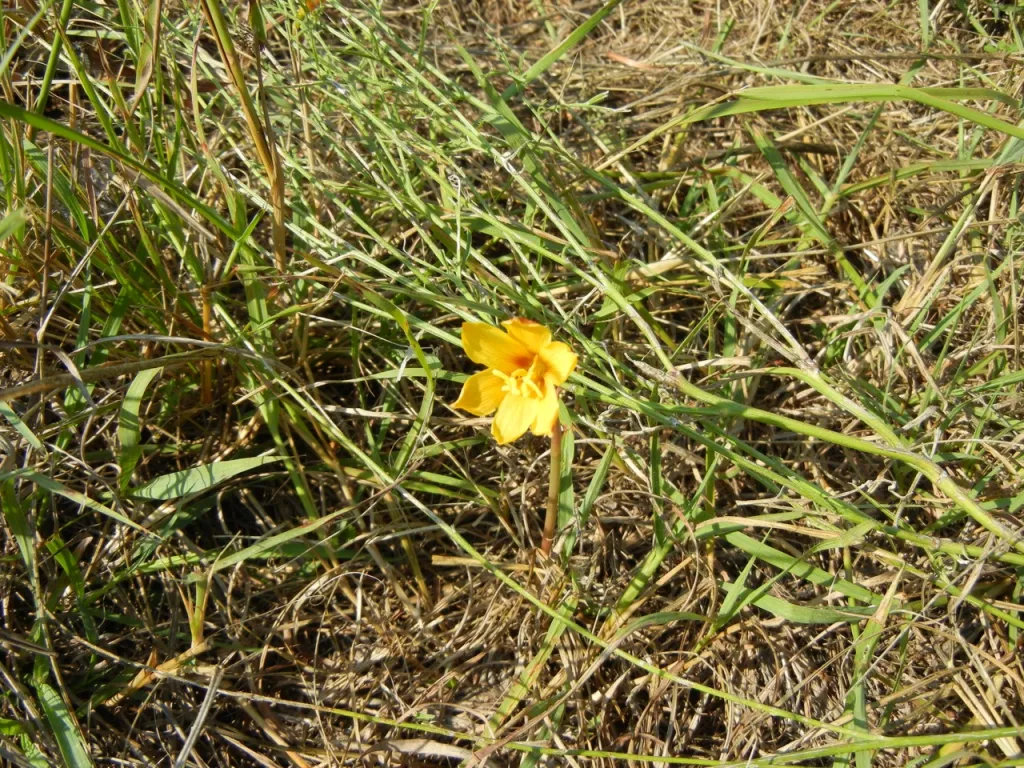By Delmar Cain
A bit of rain, slightly cooler temperatures and my thoughts turn to spending more time outside. October and November are yearly presents when the heat is not too hot or cold and nature is providing a multi-ring circus of performing plants, insects and fauna. There are many opportunities to ponder.

The Cibolo Nature Center will have its 2013 fall week of Citizen Science Research on October 8th-12th. Included will be multiple surveys of everything from ants to plants and lots of flying and slithering things in the mix. Knowledge will be provided but more eyes and hands are always needed. For more information about the schedule, surveys and presentations and how you can participate, check out this website of the CNC: http://www.wildlifefieldresearch.org/
In Corpus Christi on October 17th-20th the Native Plant Society of Texas (NPSOT) will have its Annual Symposium entitled South Texas-Beach to Brush Country. I just looked over the list of speakers and list of the field trips and found several on both lists that one would not want to miss. Even if you are not a member of NPSOT, you might consider driving down for a day for programs that are quite unique. Single day registration is available. For detailed information about the program and the field trips go to the state NPSOT website and look for the Symposium Program Schedule at: http://www.npsot.org

Finally, the Boerne Chapter of NPSOT will have its monthly meeting on the first Tuesday of the month, which will be October 1st. However instead of meeting at the CNC as it normally does, the event will be at 6:30 PM in the Log Cabin at the Agricultural Heritage Museum, 102 City Park Road in Boerne. Micah Voulgaris, General Manager of the Cow Creek Groundwater Conversation District, will fill us in on the latest groundwater information for our area.
After giving some information on happenings in our area my plan for this column was to discuss a plant that many of you might remember seeing shortly after rains from spring until fall. It is a plant that has been identified to me as a rain lily. I am always pleasantly surprised to see it appear almost overnight and in full bloom and am left wondering with the question: how did it do that? There is more to those rain lilies than I thought.
When I looked up rain lily in my favorite Hill Country reference book, “Wildflowers of the Texas Hill Country”, by Marshall Enquist, it did not take me long to find that things were not so simple. The picture in the book looked like the specimens that I am seeing now, but the description indicated that there were two species of perennial rain lilies in the Hill Country.

The first species, and the only species which is pictured in the book, the Hill Country rain lily or prairie lily (Cooperia pedunculata) is white and according to Enquist blooms primarily in the spring. But, I wanted to discuss the one that I am seeing right now at the beginning of the fall. Reading farther I find that the other rain lily (Cooperia drummondii) is white and blooms most frequently in the fall—from August to October.
So the species I see blooming now must be Cooperia drummondii or as it is commonly known, the evening rain lily or the evening star rain lily. So the rain lilies that I had photographed in August were also the evening rain lily, right? Maybe.
Enquist gives more information in his book. The blooms are very similar but the Hill Country rain lily (C. pendunculata) has a floral tube that is 1-1 ½ inches long, whereas the evening star rain lily (C. drummondii) has a floral tube that is 3-7 inches long. Enquist notes “the floral tube is measured from the swelling of the ovary to the point at which the tube divides in the 6 perianth lobes” (petals).

When I look at some of my August photographs, some have a longer floral tube and some have a shorter floral tube. In addition I find that some are yellow—not white.
Checking another respected source on wildflowers, the Lady Bird Johnson Wildflower Center, I find that the bloom period for evening rain lily is from May to September. The bloom period for the Hill Country rain lily is from March to August.
That means that both species bloom during the four months from May to August.
The yellow rain lily is an altogether different species, commonly named the Jones’ rainlily (Cooperia jonesii). It is usually found nearer to the coast but can extend to higher and drier locations. Its bloom period is from August to October.
The good news is that all three of these rain lily species are pretty Hill Country surprises that give us added gifts after a rain. As a bonus the deer leave them alone. But if you want to know the species name of that white-blooming rain lily that you may see from May to August, take a ruler.
And as it regularly happens, I found that I didn’t know what I thought I knew.


